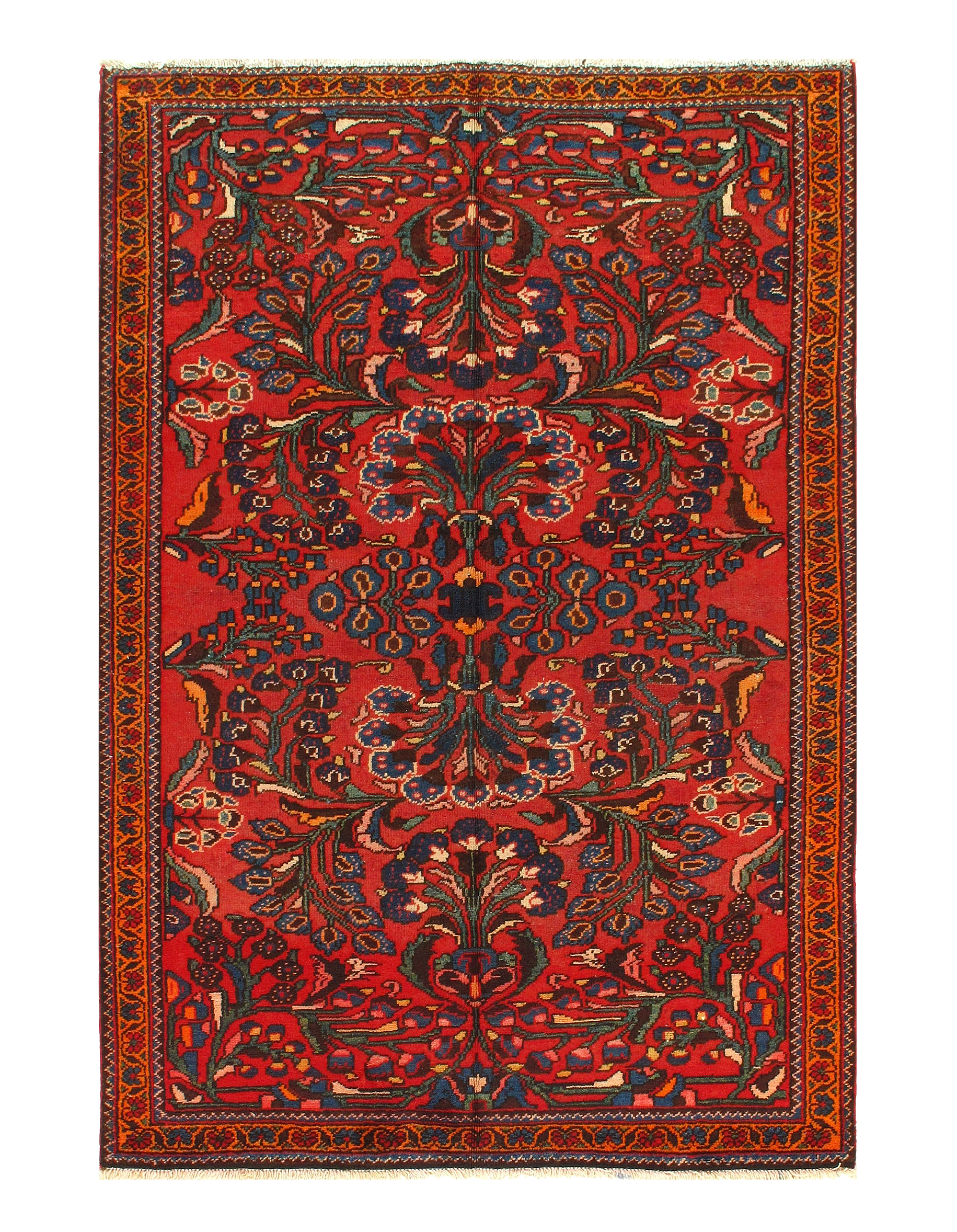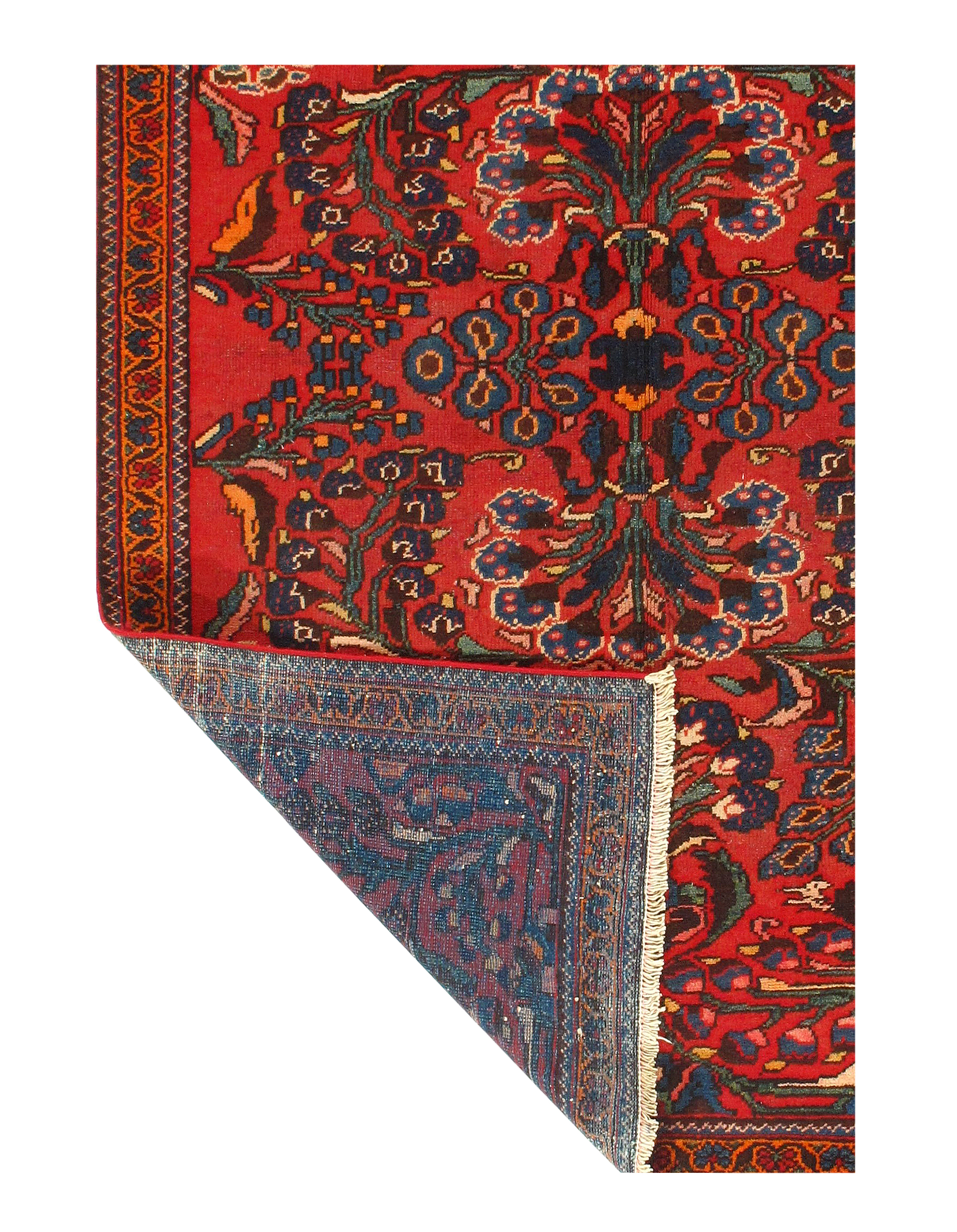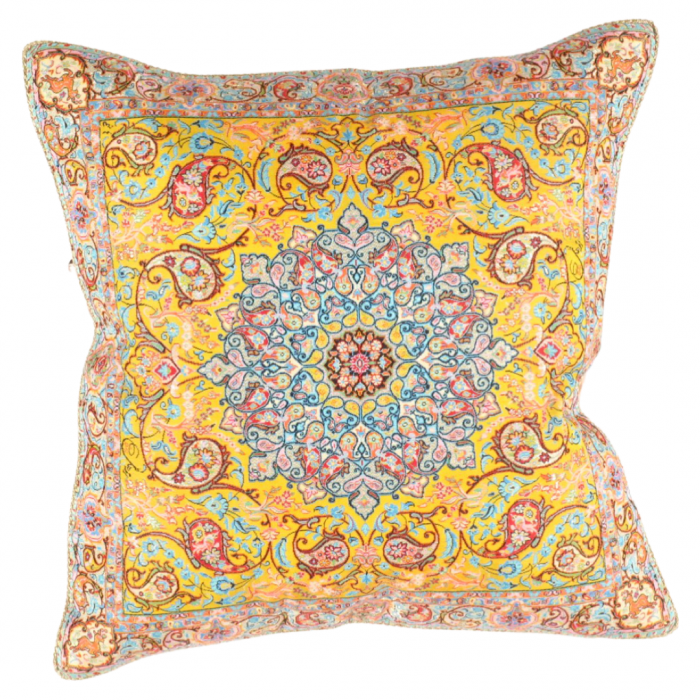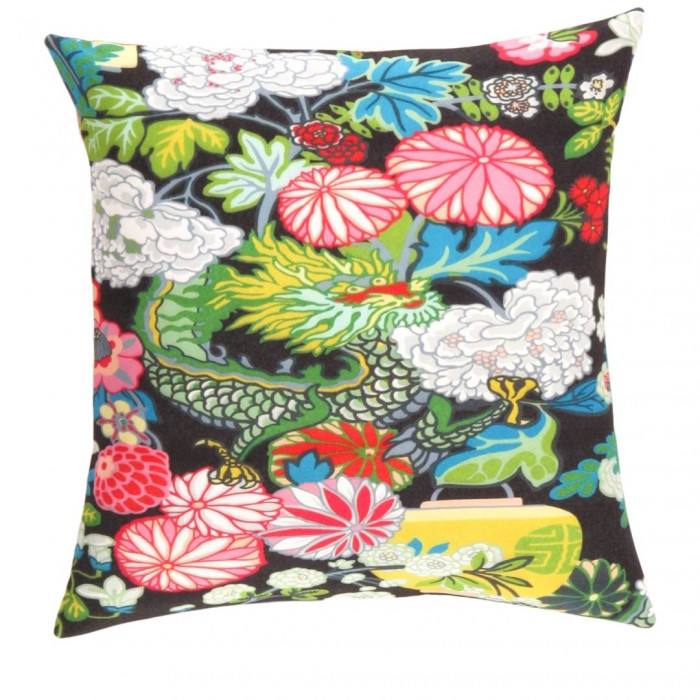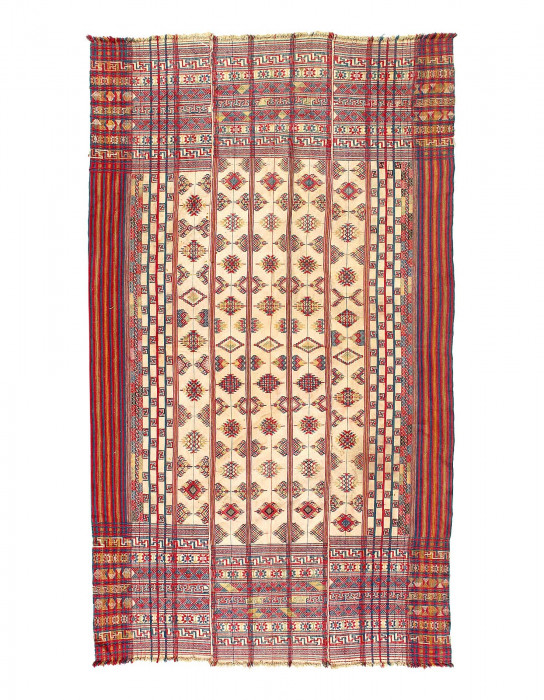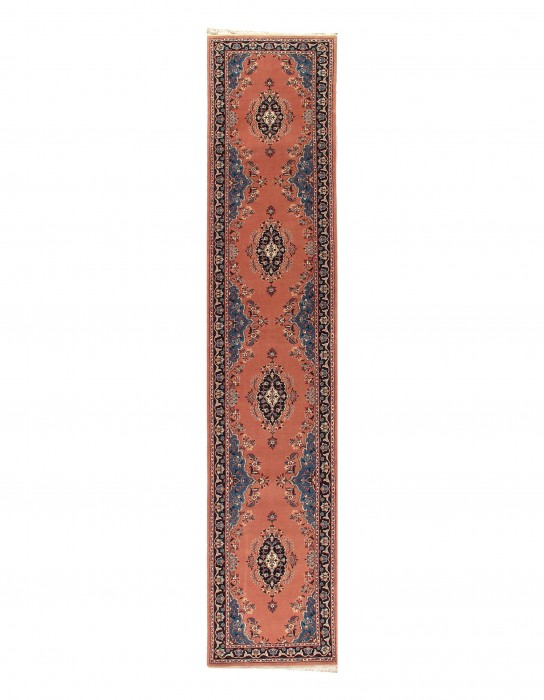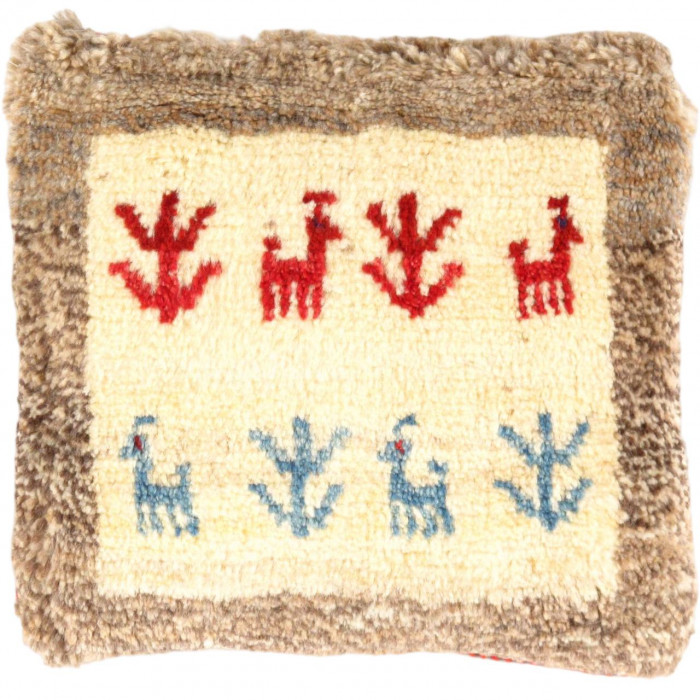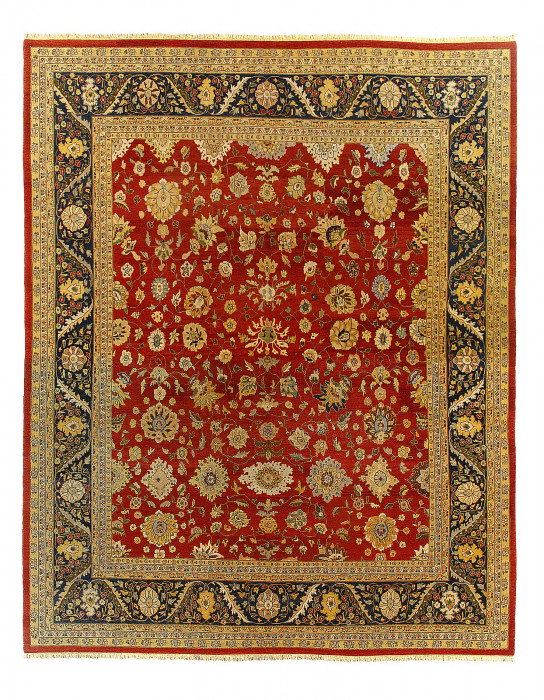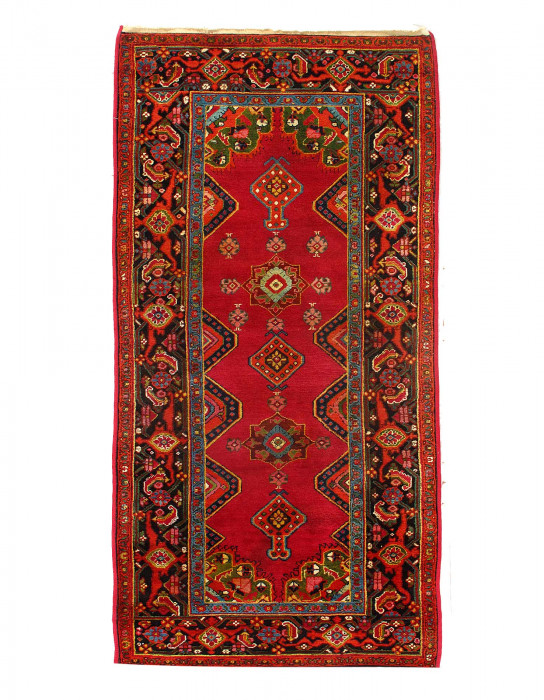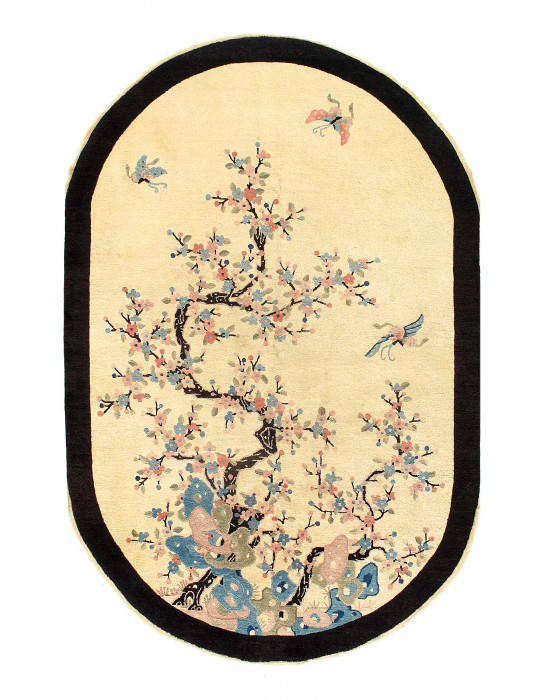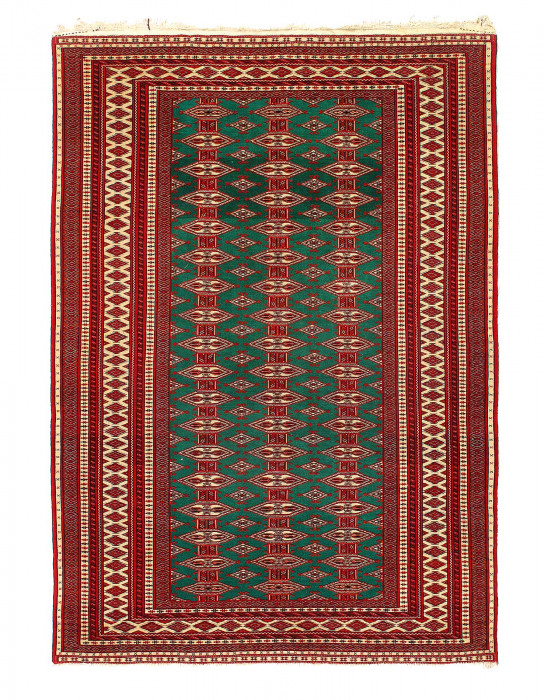Rust Persian Antique Lilian 4'4'' X 6'5''
| SKU | 17590 | UPC | 683950262607 |
| Brand | Pasargad DC |
| Collection | Antique |
| Design | Lilihan |
| Matterials | Lamb's Wool |
| Shape | Rectangle | Weaves | Hand-Knotted |
| Primary Colors |
|
| Border Color | |
| Size | 4'4'' x 6'5'' feet |
| Foundation | cotton |
| Country Of Origin | Iran |
| Age | Circa 1920 |
Review
Product Detail
Carpets and rugs enrich a house with beauty, adornment, and a sense of finishing. A furnished house may look quite incomplete without the wholesome warm touch of a rug. When buying rugs, Oriental and Persian rugs are the best possible choice for purchase. If you are looking for a distinct rug that will leave your visitors with something to talk about, Lilihan rugs are one type of Persian rug you need to consider. With its rich history and gorgeous vibrancy, a Lilihan rug will light up your room with a newfound vigor.Lilihan Persian rugs were woven in the village of Lilihan situated in the south of Arak province in Iran by Persian Armenians. These antiques may have surfaced even before the 16th century, but they weren’t visible to the Western market until the Shah Abbas period where they were introduced to the foreign markets. Becoming exposed to the larger world aided weavers in obtaining both a reliable source of income and proper veneration for their craft.The materials used in the Lilihan rugs are commonly cotton or wool. The wrap is always made of cotton giving it a smooth foundation whilst the weft can alternate between cotton and wool. The wools used were high-quality course wool, giving the rug a genuine plush feel.
These antique Lilihan rugs are quite thick and heavy paired with a durable texture. The design gives off a one of a kind aesthetic appeal. They have a smooth and plush finishing across their top side.
Lilihan rugs are constructed with a single weft, keeping the them quite simple yet sophisticated. They were hand knotted and flat woven with a Hamadan weave that possesses asymmetrical knots of Turkish inheritance. The knot count can vary from a hundred to fifty knots per square inch. As always, the higher the knot count per square inch goes up, the higher the quality of the rug.
🌀 Choosing the right rug can transform your living room!
- Size matters: Make sure your rug fits the seating area all furniture legs should rest on it or at least the front legs.
- Style & color: Pick a rug that complements your furniture. Neutral rugs work well for bold furniture, while colorful rugs add vibrancy to neutral rooms.
- Material: For high-traffic areas, choose durable materials like wool or synthetic fibers.
- Texture: Plush rugs add warmth, while flat-weave rugs are easier to maintain.
😄 Need help? Contact our support or check out our blog for more tips!
Don't forget to add a rug pad—it helps your rug feel better and last longer!
